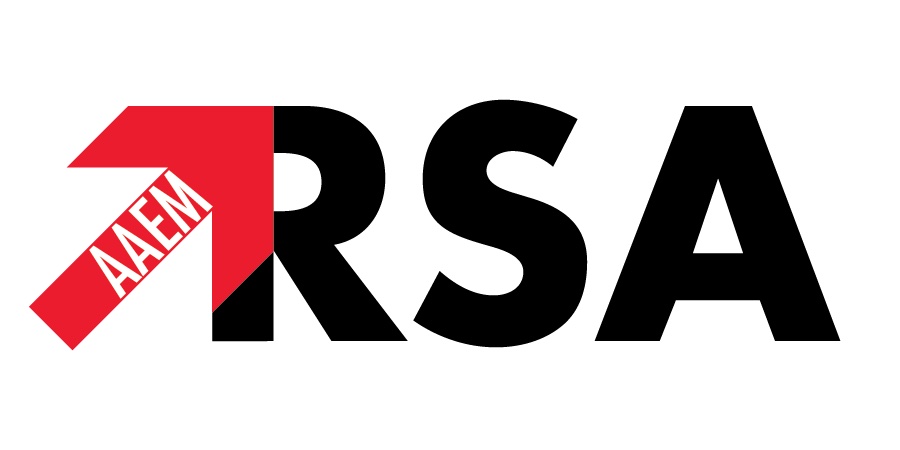 |
| This post was peer reviewed. Click to learn more. |
| Image Credit: US Air Force |
Author: Nick Pettit, DO PhD, PGY-2
Indiana University
AAEM/RSA Social Media Committee
Case
The setting is a busy shift in your high-acuity pod of your emergency department. You just walked out of room 1 after resuscitating a tricyclic antidepressant (TCA) overdose. Then overhead you hear, “trauma 1 here, room 4,” and at the same time your nurse hands you the below electrocardiogram (EKG).
As you are walking toward room 4 and scribble “non-ST-elevation myocardial infarction (non-STEMI),” she gives a quick history about this patient. The patient is a 77-year-old male with a past medical history of some kidney and heart issues, and he now has fatigue, shortness of breath, and bilateral lower extremity edema. Just as you pop into the trauma in room 4, you tell your nurse you will be right over, but to please draw a rainbow of labs and:
- Administer 40 mL/kg 0.9% NaCl bolus.
- Administer 3 g calcium gluconate.
- Administer 6 vials of digi-bind.
- Administer 40 mEQ of potassium chloride
- Place pads and pull up ketamine for procedural sedation and immediate cardioversion.
- Call poison control.
Correct answer
B. Administer 3 g calcium gluconate. This patient has hyperkalemia, and based on the EKG, it should not be surprising if their potassium returns at greater than 9.0.
This review will focus on the causes of hyperkalemia, its identification, and its immediate treatment.
Causes
- Decreased excretion, such as in renal failure (as in this case)
- Excessive potassium intake
- Increased production of potassium (rhabdomyolysis, tumor lysis, trauma)
- Redistribution (digoxin, acidosis)[1]
Identification
- Basic metabolic panel (BMP). Be sure to watch for hemolysis, which can cause pseudohyperkalemia.
- EKG. Different levels of potassium elevation can cause unique EKG findings:[2]
- ~6.0 = peaked T waves
- ~7.0 = P-wave evolution
- ~8.0 = wide QRS
- ~9.0 = sinusoidal appearance
Symptoms
Weakness, confusion, chest pain, nausea and vomiting, palpitations
Management
- Calcium
- Calcium chloride if there is a central venous catheter (CVC), or calcium gluconate if there is peripheral access only.
- Stabilizes membrane in approximately ten minutes, with EKG returning to normal over several minutes.
- Insulin and glucose
- Ten units of insulin given with dextrose.
- Works over 30 minutes
- Sodium bicarbonate
- Helps correct acidosis
- Albuterol
- Shown to lower potassium 1 mmol/L in healthy subjects
- Dialysis
- May need emergent dialysis. Remember the AEIOU mnemonic:
- Acidosis
- Electrolyte disturbances
- Ingestion
- Overload (fluid)
- Uremia
- In the above case, the patient may benefit from emergent dialysis.
- Furosemide
- May help if the patient is volume-overloaded, but this is a common disease in end stage renal patients and furosemide may have limited value here.[3]
References:
1. Rodriguez, J., Calvert J. Hyperkalemia. Am Fam Physician. 2006 73(2):283-290
2. Hall, B., Salazar, M., Larison, D. The sequening of medication administration in the management of hyperkalemia. J of Em Nurs. 2009 35:4;339-342
3. Wrenn, K., Slovis, C., Slovis B. The ability of physicians to predict hyperkalemia from the ECG. Annals of Emerg Med. 1992 20:11;1229-1232
